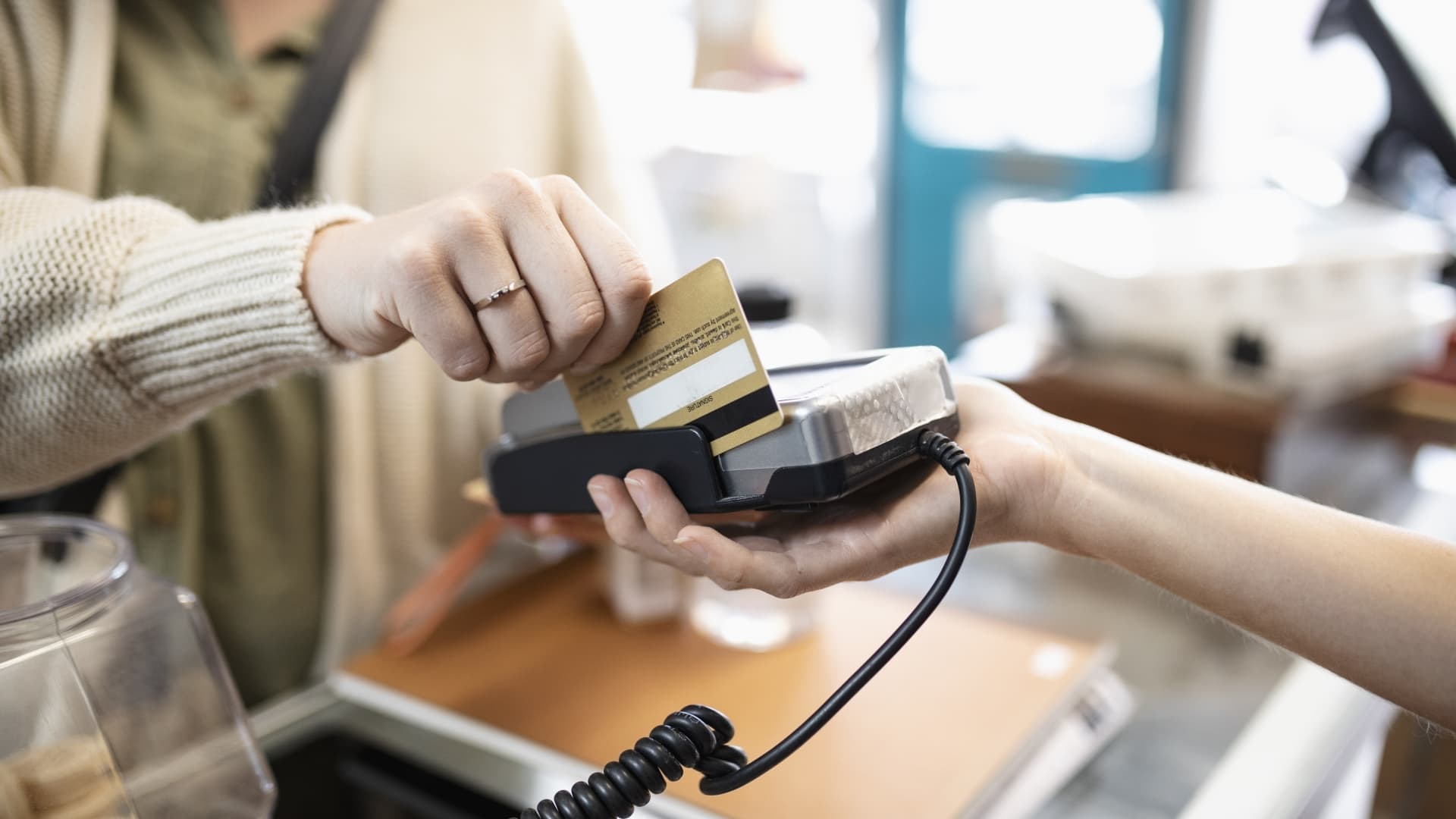Collectively, Americans now owe more than $1 trillion on credit cards.
Total credit card debt rose nearly 5%, or about $45 billion, in the second quarter to a new high of $1.03 trillion, according to a new report on household debtfrom the Federal Reserve Bank of New York.
Although delinquency rates are still low by historical standards, rising balances may present challenges for some borrowers going forward, particularly when student loan payments resume this fall, according to the New York Fed.
“The resumption of student loan payments will be a huge test for many cardholders, shrinking the amount they have to devote to paying off card debt and leaving some people simply unable to make minimum payments at all,” said Matt Schulz, LendingTree’s chief credit analyst.
“One trillion dollars in credit card debt is staggering,” Schulz added. “Unfortunately, it is likely only going to keep growing from here.”
Card balances, interest rates have increased
After a sharp slowdown in 2020, credit card balances have grown year over year for the past seven quarters, largely due to strong consumer spending in the face of higher prices, the New York Fed researchers found.
“Credit card balances saw brisk growth in the second quarter,” Joelle Scally, regional economic principal in the New York Fed’s research and statistics group, said in a statement. “And while delinquency rates have edged up, they appear to have normalized to pre-pandemic levels.”
Not only are balances higher, but more cardholders are also carrying debt from month to month, according to a separate Bankrate report, adding to the financial strain.
On the heels of another rate hike last month by the Federal Reserve, the average credit card rate is also more than 20% on average, another all-time high.
Sky-high APRs make credit cards one of the most expensive ways to borrow money.
Other options for student loan relief
“If, all of a sudden, you have to start making $400 or $500 monthly student loan payments again, that could directly or indirectly lead to more credit card debt,” said Ted Rossman, senior industry analyst at Bankrate.
To help cushion the blow of resuming payments, the Biden administration has launched a series of relief measures for borrowers including a 12-month “on ramp” to repayment.
The president also introduced an income-driven repayment plan that may cut monthly payments in half, and potentially leave some people with no monthly bill at all.
Biden further said his administration would try to cancel student debt relying on a different law.
